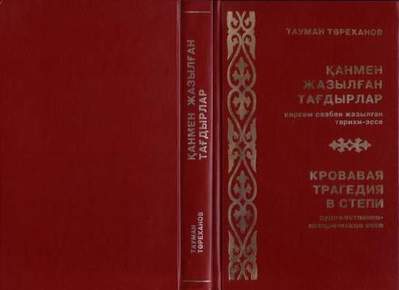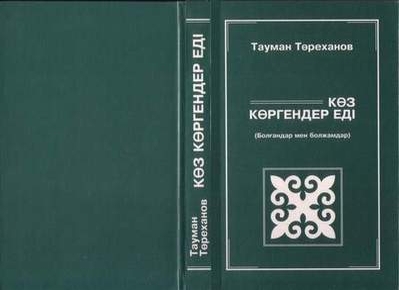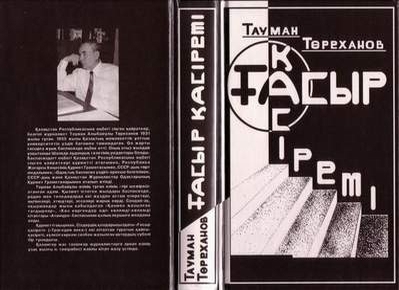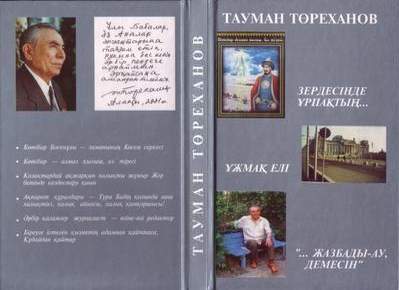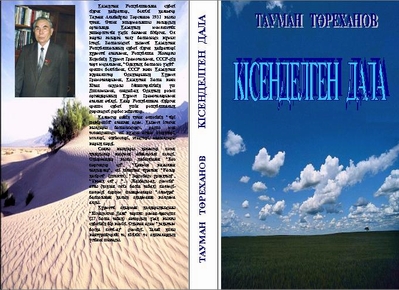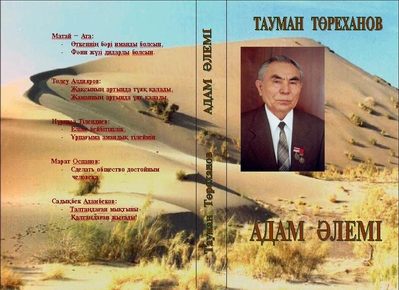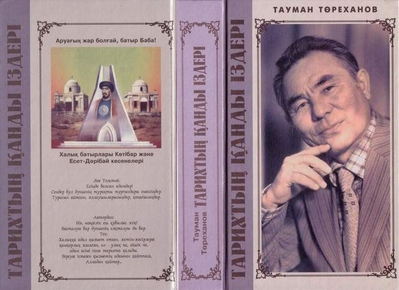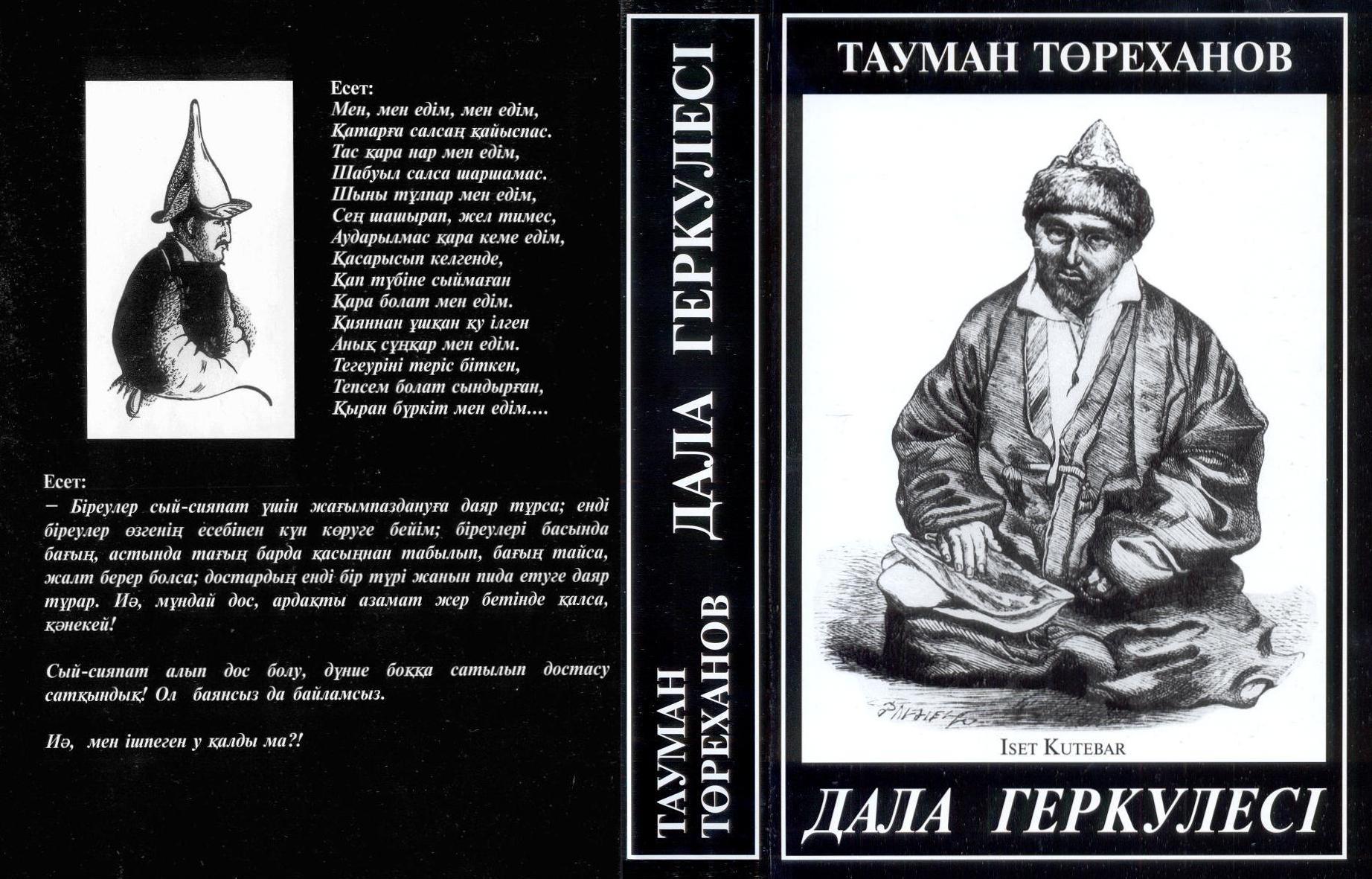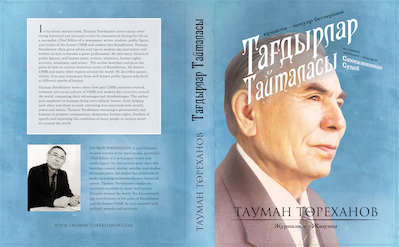Hercules of the Steppe (Dala Herculesi)
Published on: 2008
Publishing House: Atamura
ISBN: 9965218048
"Hercules of the Steppe", the latest book written by Tauman Torekhanov, is a historical and documental novel. It is written based on documents and articles stored in archives or published by the
mass media of London, Paris, Germany, Poland, USA, Russia, and Central Asia; documents and reports of geographers, diplomats, Russian military staff; and materials of open minded intellectuals,
historical figures, and scientists of XIX-XXth cc.
The novel consists of 3 chapters. The first chapter is dedicated to Kotibar Basenuli, national hero, notorious knight and historical person of his time. The chapter also describes based on historical
documents and archives how colonizers of Kazakhstan have eliminated Kotibar batyr. In addition, readers can find information about Tama Eset Kokiuli. Moreover, there are interesting and previously not
published facts about Monke bi and Samruk, considered Nostradamus of their epoch.
In the Kazakh history, there were two well known people with name Eset. The first person was Tama Eset and the second one was Shekti Eset. The second chapter of the book is called “The path of Eset”.
The chapter describes very well the national-liberation uprising organized by Eset Kotibaruli against the violent and bloody actions of colonizers of the Western Kazakhstan and Eset’s tactics and strategies
in this historical event. The original version of documents and materials in Russian, English, French, German, and Polish languages written by E. Kovalevski, B. Zalesski, V.A. Perovski, V.V. Grigoriev,
N. Ignatiev, Shokan Ualihanov, Mihail Venukov and interpretations of the author are given as well.
The book has photos, drawn by Bronislav Zaleski, Polish democrat, showing Eset batyr, his home (kiiz yui) and a Kazakh woman and conversations between Eset batyr and Bronislav when he visited batyr’s home.
Zaleski has published these photos as part of his book that is nowadays on sale in Stockholm and Moscow antique stores for 1700 and 5500 Euros, respectively. The Western European libraries have preserved
only a single copy of Zaleski’s original book.
The novel mentions the fact that the place and year of birth and death of Eset Kotibaruli has been so far given wrongfully in various historical, documental and instructional books. The author describes in
detail the correct place and date (year and month) of birth of Eset, when his original mausoleum was built and who participated in the construction of it based on materials of the epoch in which Eset batyr
lived. In addition, the author writes about the reconstruction of Eset-Daribay mausoleums after Kazakhstan has become independent. Another interesting fact that could be useful for researchers of Eset batyr
is an opinion of the author to different interpretations of history done under the influence of Soviet Union.
The third chapter of the book describes lives of descendants, currently residing in Kazakhstan, of well known historical people.
The book is intended for historians, philosophers, political scientists, literary critics, journalists, school teachers, and general readers.
